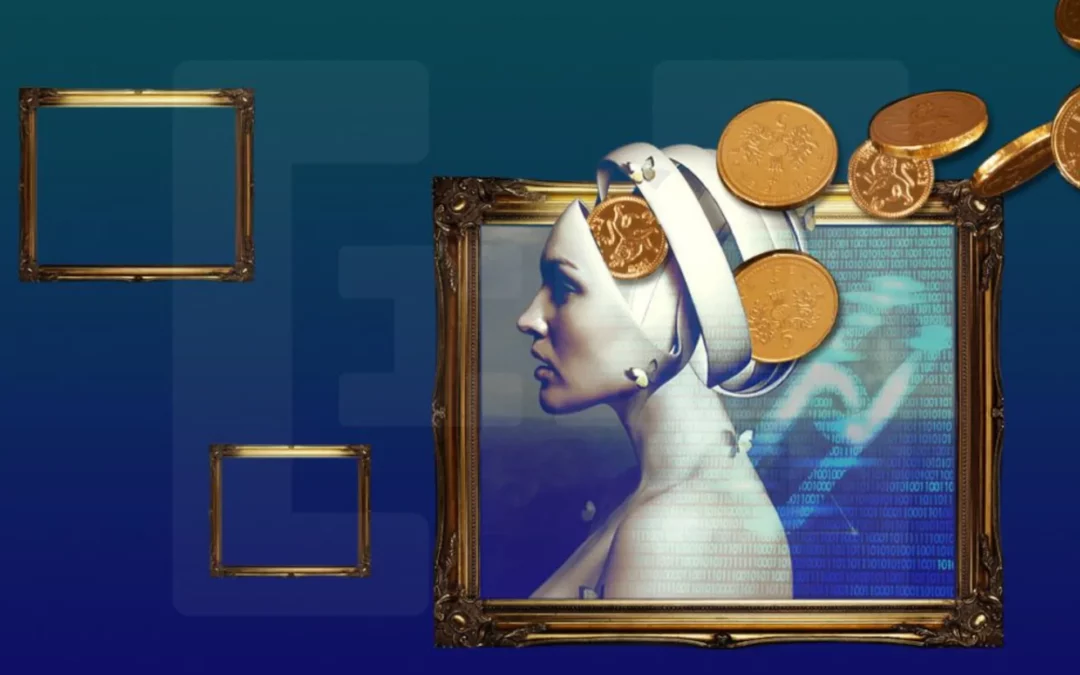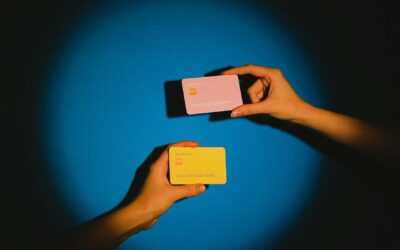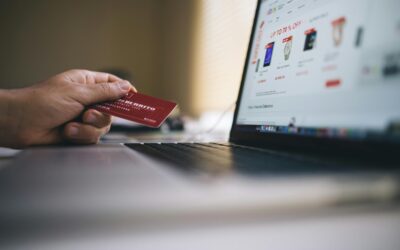Introduction
Over the past few years, non-fungible tokens (NFTs) have risen to the top of the cryptocurrency market, with billions of dollars worth of trading volume and a slew of celebrity endorsements propelling digital art to the forefront of mainstream media sources.
You can directly mint (the act of creating or producing something) and submit your artwork to a blockchain using non-fungible tokens generated on NFT platforms. This guide will go over how to upload your artwork, pick the best blockchain, and offer your first NFT for sale, among other necessary steps.
Lately, there’s been a whole frenzy around NFTs (non-fungible tokens). From painting to singing, the possibilities are enormous when mining NFTs. It’s a great way to prove the authenticity and ownership of creative works.
If you are really talented, you can also earn money. If your NFT is in high demand, prices can reach astronomical sums. Visual artist Beeple, for example, sold an NFT titled “Every day: the First 5000 Days” for over $69 million!
Before creating NFTs
Before you can start making your own NFTs, you will need 3 things:
- A work of art or collectible
- Cryptocurrencies to pay mining fees
- A cryptocurrency wallet to store your crypto.
You will also need to choose the blockchain on which you will create your non-fungible token.
What is an NFT?
At its core, NFT is a type of cryptocurrency that represents something unique, collectible, and that can not be replicated.
A simple analogy of an NFT is a foil Pokémon card. Anyone can print one out and maybe even make it look almost identical to a real card, but it doesn’t represent actual ownership or authenticity.
Even limited-edition NFTs aren’t all the same. You can have the 01/100 of the series, which can make it more valuable than other units.
Although not as common, physical collectibles can be represented by NFTs. In this case, the private key of a wallet containing the NFT is usually embedded or provided with the object.
It’s much more common for digital artwork, gifs, and video game collectibles to have their own NFT. Crypto art and NFTs aren’t limited to one format, so there’s no limit to creativity.
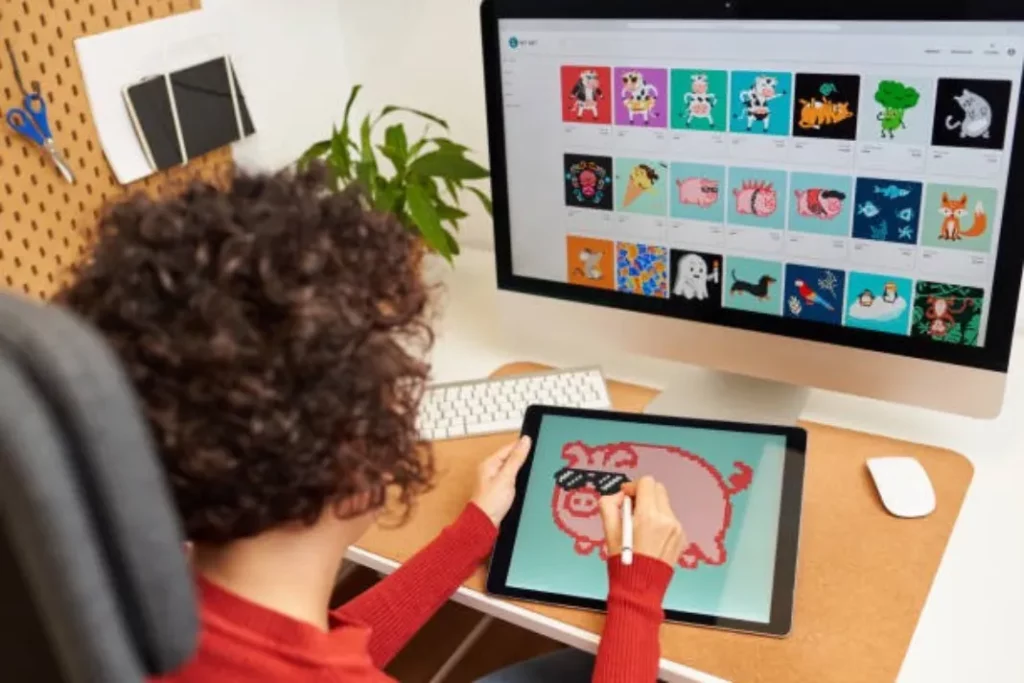
Do I need a specific wallet to use NFTs?
It all depends on the network you choose to create your token on. Luckily, most wallets these days support Ethereum and BNB Chain, which shouldn’t make too much of a difference. These blockchains are the two most commonly used for NFTs.
The most important thing here is to check which blockchain network your token is built on. If it is an Ethereum token, you will need an Ethereum-compatible wallet. If it’s on Tezos, you’ll need a wallet that supports Tezos.
To make it simpler, we recommend using MetaMask or Trust Wallet, which supports a wide variety of blockchains.
Which blockchain should we use?
There are several blockchains you can choose from to mint an NFT. The list of NFT-compatible blockchains now includes Ethereum, BNB Chain, Polkadot, Tron, Tezos, and many more.
Most NFTs today exist on Ethereum or BNB Chain. However, gas fees on Ethereum have made it quite expensive to mint and manipulate NFTs. BNB Chain is a much cheaper alternative and also benefits from faster transaction speed. There are many NFT markets and projects, giving you a wide audience of potential buyers.
On which platform to create NFTs?
Choosing a platform to mint your NFT depends on your personal choice and the blockchain you want to use. Most BNB Chain protocols will create your NFT as a BEP-721 token, so it will technically be the same regardless of your choice.
If you want to trade your token easily afterward, it is best to choose a platform that has a marketplace that you are familiar with. So you won’t need to transfer your NFT to another place after hitting it. For example, Binance’s NFT Marketplace now supports NFT minting and NFT collection creation on BNB Chain and Ethereum. You will also be able to list your newly minted NFTs directly on the Binance NFT Market.
The transfer of an NFT from one BNB Chain market to another
You can easily transfer your NFTs from one marketplace to another, as long as the new platform supports your token type. For BNB Chain markets and exchanges, the vast majority support BEP-721 and BEP-1155 tokens.
However, you cannot transfer your NFTs directly to a marketplace on another blockchain. For example, OpenSea does not natively support BNB Chain NFTs. You must therefore keep your NFTs on their original blockchain.
Transferring your NFT to another exchange is done by sending the collectible coin to your wallet. Once you have stored it securely, just send it to the correct deposit address of the new platform. Make sure your NFT token standard is supported by your wallet and any platform you are transferring it to.
How to mint an NFT on the Binance marketplace?
Before you can start minting NFTs on Binance, you need to verify your identity. Also, you must have at least 2 followers on your Binance NFT user profile. The easiest way to invite followers is to share your profile link on your social media accounts. Remember to keep a sufficient balance of BNB or ETH in your Spot Wallet to cover minting fees.
1. Go to the Binance NFT Market home page and click [Create]. You will be redirected to the typing page.
2. You must first create an NFT collection and have it approved. Click [+Collection].
3. Enter your NFT collection details:
- the name of the collection;
- the description
- the category;
- the image of the logo;
- the banner image;
- the network;
- the symbol;
- the address of the owner of the smart contract (optional);
- fee;
- social media links (optional).
You will not be able to change the name, symbol, category, network, or royalty fee after the collection is created. You must also read and agree to Binance’s NFT Minting Rules and Terms of Service before clicking [Create].
4. Click [Continue] to submit your collection for review. Since creating a collection also entails deploying an independent smart contract, you will need to pay the costs for it. Once the collection is ready, you can mint your NFTs.
5. Return to the Binance NFT Marketplace home page and click [Create].
6. Read and accept the Binance NFT Market Terms and Conditions and you will be redirected to the minting page.
7. Enter your NFT details, including:
- the name;
- the description (optional);
- the network;
- the collection;
- the properties.
After setting the details, you will see an estimated minting fee for the NFT. Agree to the Binance NFT Minting Rules and Terms of Service, then click [Create].
8. Your file will begin to upload and Binance NFT’s automatic verification system will review your NFT.
9. Once the minting process is complete, you will see the NFT contract address and token ID. You can click [List NFT] to list it for sale on Binance NFT Market.
How do I send my NFT to someone else?
Once created the NFT can be sent to someone else from your wallet, by choosing the send option.
The recipient of your NFT will need to provide the correct deposit address for the type of token you have. If you have an ERC-721 NFT on the Ethereum network, the recipient will need to send you their Ethereum ERC-721 deposit address from their wallet.
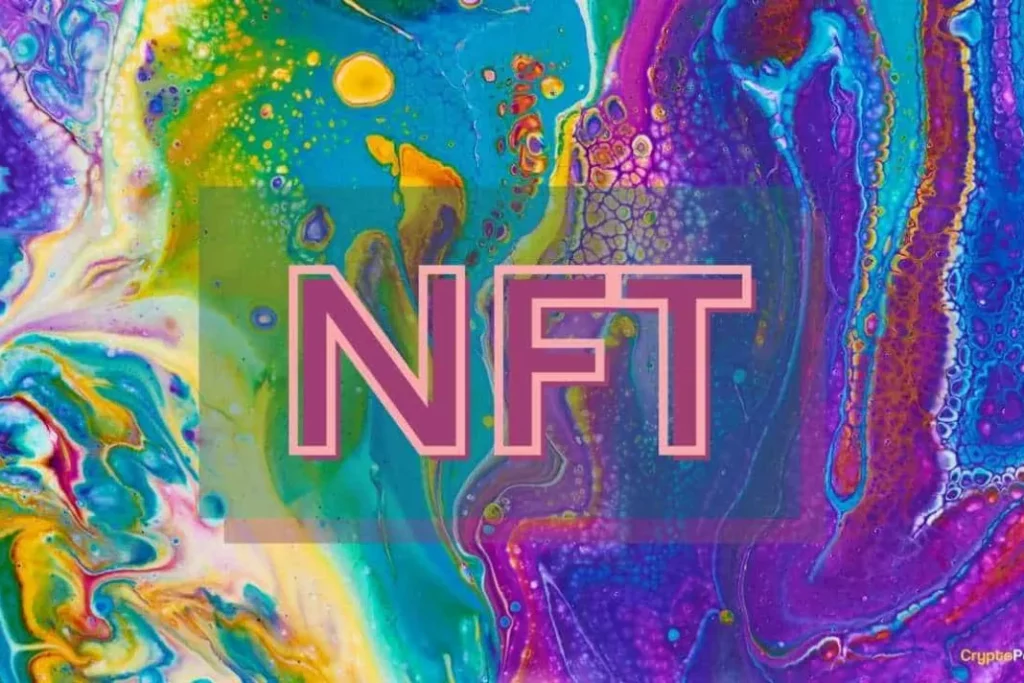
Can we share the ownership of an NFT and the proceeds of its sale?
For the most common types of NFTs (ERC-721, ERC-1155, BEP-721, BEP-1155), it is only possible to have one owner.
However, some projects provide that the proceeds of a first sale can be distributed among several portfolios. This functionality is not built into the token code but depends on the exchange or marketplace you are using. We recommend that you check the possibility of dividing the amount of the sale of the NFT on the exchange you use.
If you want to have full control over your NFTs and store them in a non-custodial wallet, you can use a decentralised platform.
All in all
The NFT ecosystem is growing rapidly and becoming easier to use. For anyone wanting to mint their own NFTs, the process is quite simple.
Do you want to know more? Explore our other Cryptocurrency articles
Are you interested in purchasing an NFT? In this case, we recommend you to read the article – How to Buy an NFT- An Easy Guide
Shall you want to explore your banking options related to cryptocurrency and start your NFT journey, do not hesitate to book a free consultation with our friendly team.
Disclaimer
Widelia and its affiliates do not provide tax, investment, legal or accounting advice. Material on this page has been prepared for informational purposes only, and is not intended to provide, and should not be relied on for, tax, investment, legal or accounting advice. You should consult your own tax, legal, and accounting advisors before engaging in any transaction. Please consult https://widelia.com/disclaimer/ for more information.

